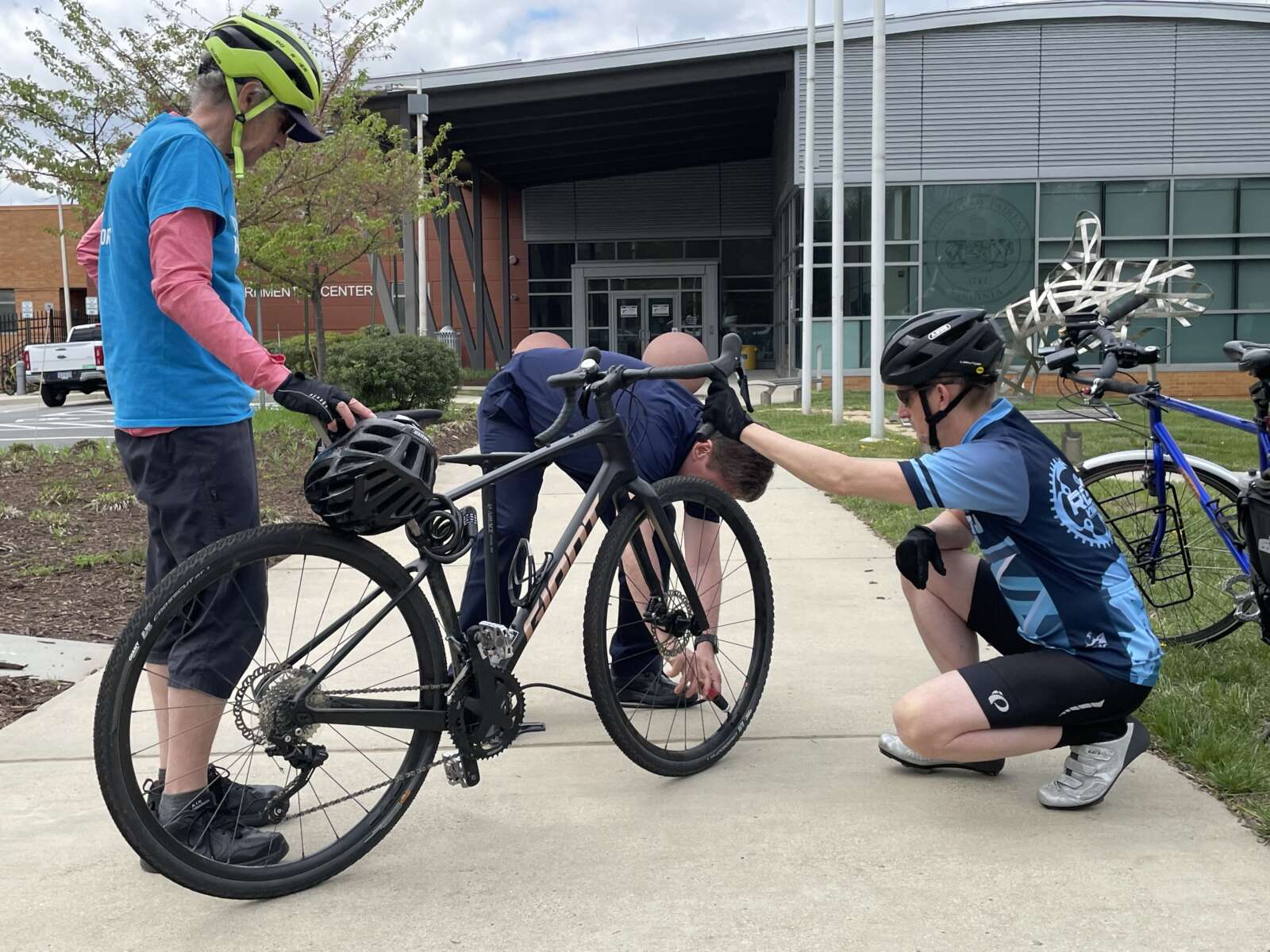
This is a sponsored post by veterinarian Elizabeth Arguelles, owner of Just Cats Clinic at Lake Anne Plaza. She writes weekly on Reston Now.
Laser therapy can be a fantastic non-invasive addition to your cat’s health care routine. Useful in treating a multitude of ailments, laser therapy can help reduce pain and inflammation, and even increase the speed of healing. So what exactly is the laser and how does it work?
One of the most common lasers used in veterinary medicine is the Class IV laser, which uses a beam of laser light to penetrate tissue deeply without damaging it. The laser energy induces a biological response in certain cells leading to increased healing, and decreased pain and inflammation.
Typically, your veterinarian will recommend laser therapy in addition to conventional treatments such as medication or surgery, but certain ailments can be treated exclusively with the laser. Lasers are commonly utilized after surgery to help with surgical site healing, after dental procedures to help gum inflammation, and on any wounds.
The non-invasive nature of laser therapy makes it a great addition to your cat’s healthcare needs, especially cats suffering from degenerative joint disease, sinusitis, and a variety of dermatological issues, including allergies and infections.
Unlike more conventional therapies that can cause stress for your cat, laser treatment is generally a relaxing experience. The light is delivered through a noninvasive hand piece that is applied to the affected area. Your cat simply feels gentle warm pressure and treatments take just a few minutes. The only potential stress is that your vet will apply a face shield gently over your cat’s eyes to protect them during the treatment session. Most cats do very well with the face shield as it’s just held over their eyes while the laser is in use.
The length of each treatment is relatively quick and can vary from about two to eight minutes. Within 12 to 24 hours of a laser treatment, many cats start feeling a little less pain and enjoy increased mobility. A laser therapy course usually involves multiple sessions a week for several weeks. For more acute illnesses, a shorter program with more frequent treatments is better. Conversely, chronic conditions normally require less frequent treatments over a longer period of time.
Make sure to talk to your vet about whether laser therapy is the right choice for your cat.





